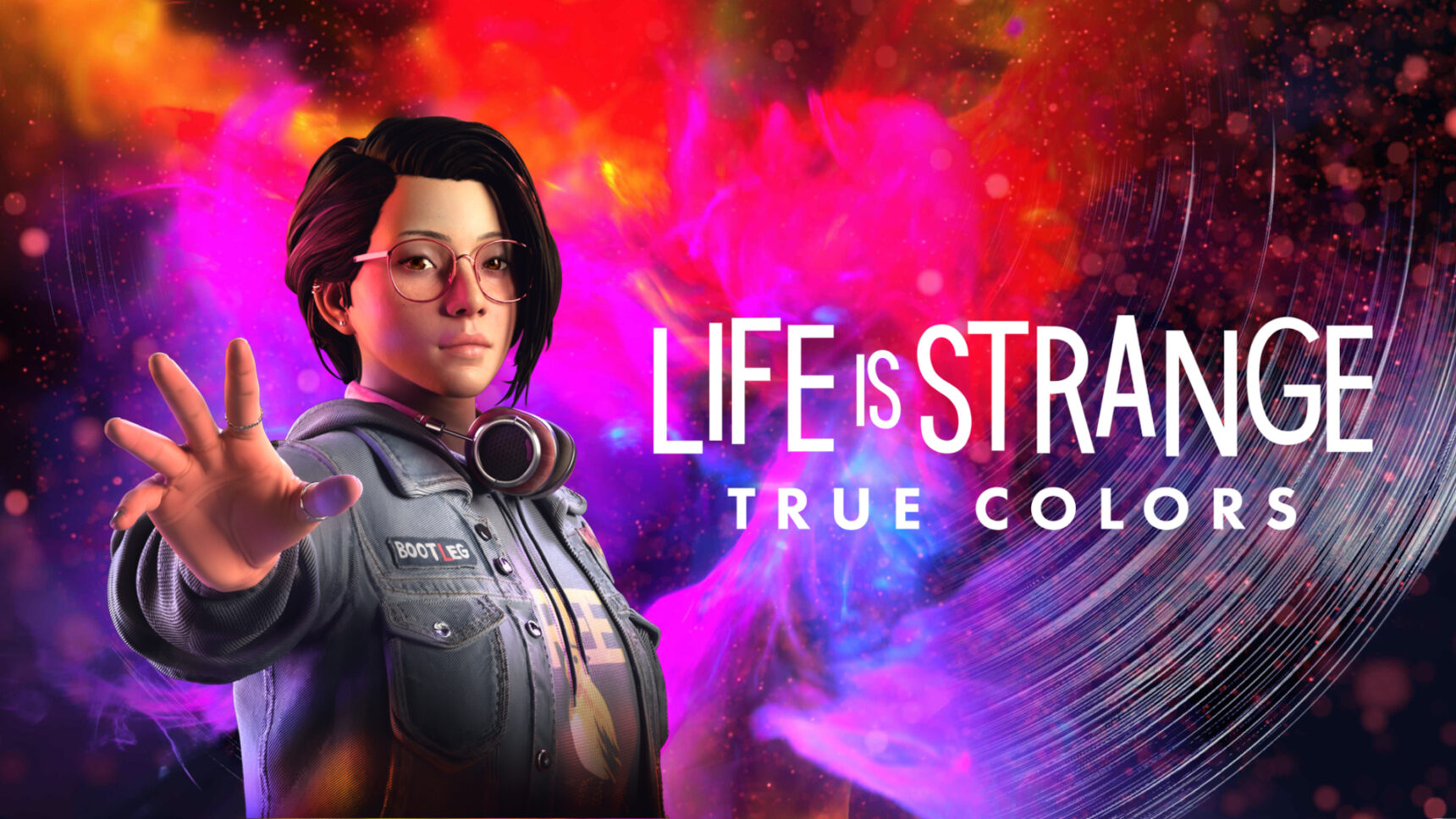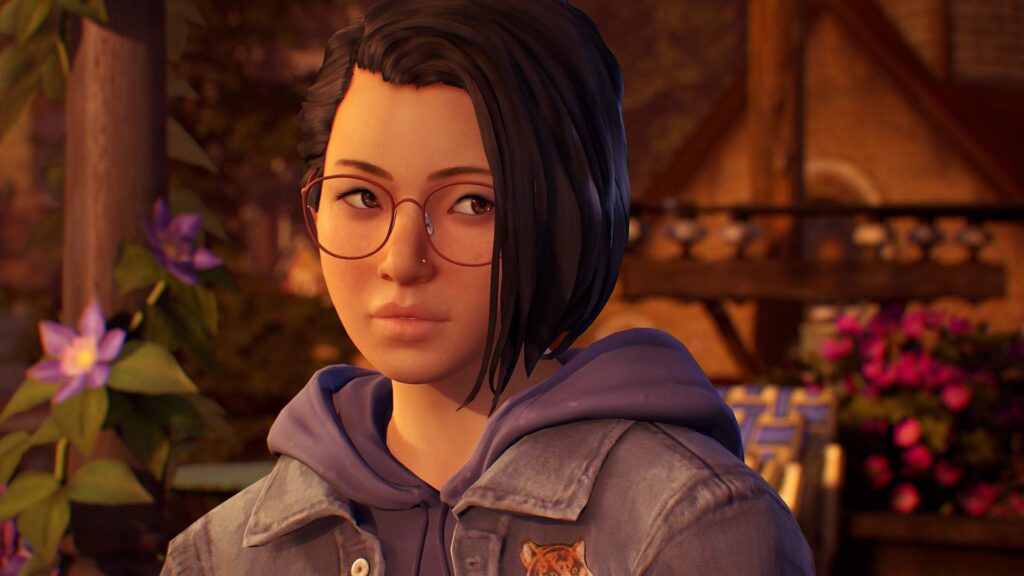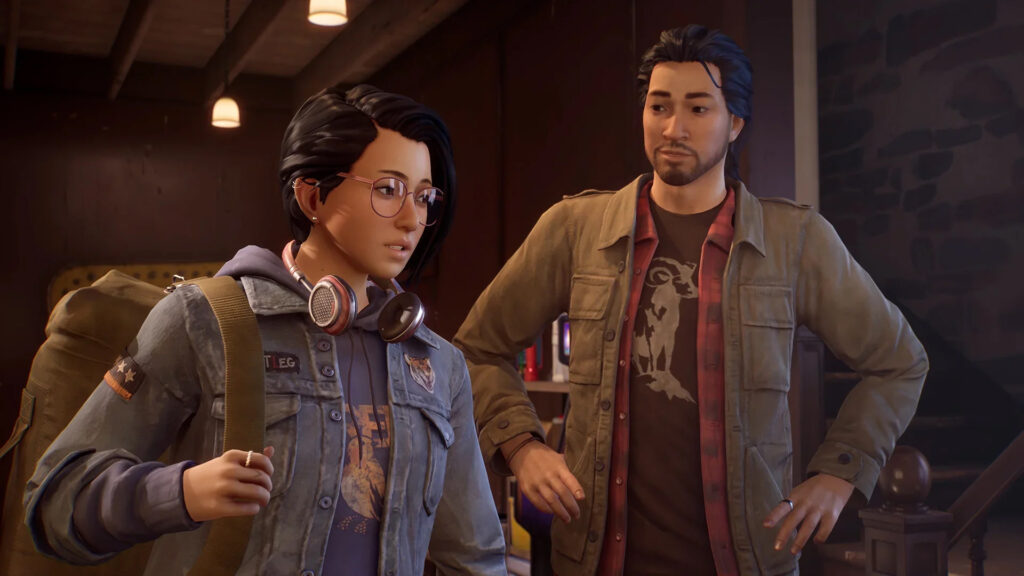Porting Life is Strange: True Colors to Nintendo Switch

The most popular articles
How do you port a technically complicated game to Nintendo Switch without losing image quality or compromising performance?
Square Enix came to Room 8 Group to solve that problem.
Sure that Life Is Strange: True Colors would become a hit, Square Enix, the publisher known for Final Fantasy, Dragon Quest, and Tomb Raider, began looking for a dedicated team to get their product into the Nintendo eShop. We joined the project while Deck Nine, the developer behind True Colors, was still building the game for the other platforms.
Our market-leading specialists, including programmers, technical artists, 3D artists, and QA pros, spent a year making sure the players get the same experience on the Nintendo Switch as they would on any other platform. By partnering with Room 8 Group, Square Enix was able to deliver a perfect experience to their players, despite the Nintendo Switch hardware limitations. Here’s how we did it.
The challenge
The overarching task: achieve pixel-perfect graphics, buttery gameplay, and rock-solid performance on Switch—no small feat, given the platform’s technical limitations.
What we did
Around 30 Room 8 Group specialists worked on the project at the project’s peak. 10-15 people was the average at any given time.
We optimized and reworked the CPU processes to squeeze as much performance as possible and render the scenes at high quality with 30fps. That said, we moved all the content, including facial animations, character performance capture, full uncut audio, a licensed music soundtrack, and all post-processing effects to the Nintendo Switch version of True Colors.

Lighting
Life Is Strange is a narrative-driven game that feels like a movie. A huge part of its feel is dictated by lighting. When porting such a game to a platform like Switch, you’re sometimes forced to come up with creative solutions. Ours was to rebuild the entire lighting engine. We developed a custom light-baking pipeline and implemented a brand-new approach specifically for Switch to deal with reflection probes, shaders, and dynamic shadows for moving objects and people in scenes.
We also made sure our Switch lighting model could illuminate the faces blending away hard shadows and sharp lines.
By implementing Switch-specific processes to deliver each frame, we were able to create an immersive atmosphere with a similar level of lighting quality as on the other platforms.
High-poly models, reworked to speed up rendering
Life Is Strange: True Colors is full of beautiful, carefully created objects of nature, realistic materials, textures, and high-detail models—all of which slow performance.
To avoid stuttering gameplay, we had to reduce the polycount. That’s usually done by applying specific programs known as mesh decimation algorithms. These programs can automatically reduce the number of triangles by 30%-40% for models to be less heavy, but model quality can deteriorate significantly. Because we wanted to maintain strong model quality while retaining enough detail, we decided to rework every character model and environmental object within the game. We hired additional tech artists to get the job done.
We also changed the logic of how the database works with these models and used batching to combine several static objects—plant pots in the flower shop or a set of trees in the park—into a single object. This allowed us to minimize processing costs and speed up rendering time. For example, the total number of scene polygons in the Haven Springs main street went down from 13 million to nine million. We reduced scene polygons at the processing plant at the mine from 21 million to 10 million.
A performance-friendly anti-aliasing solution to kill ‘rough edges’
Because pixels are square, they cannot properly display round objects. That’s why they describe the edges of round shapes as a staircase of pixels. When the edges of an image appear jagged or, in technical terms, aliased, engineers employ a process called anti-aliasing to eliminate visual stair-stepping of edges on the screen. We used fast-approximate anti-aliasing (FXAA) to kill the ‘rough edges’ in the Switch’s handheld mode. But in docked mode, we went for the TAA solution because of its better visual quality but reworked it to minimize the GPU load. We used a combination of TAA and FSR to achieve the required image quality.
All unique post-processing features rebuilt for Switch
Atmosphere, light shafts, bloom, depth of field, screen-space ambient occlusion (SSAO)—these effects are too heavy for Nintendo Switch to cope with. But rather than simply remove them, we reworked all the post-processing effects to create new Switch versions. Our goal was to achieve visual quality and keep the atmosphere, which is very important for the True Colors story.

Adaptation for docked and handheld
We integrated the AMD FidelityFX Super Resolution (FSR) technique specifically for when the game is docked to increase the resolution to 1080p while maintaining 30fps.
When you play in handheld mode, the graphics are going to look just as gorgeous, despite the small screen. We paid a lot of attention to small details here, adjusting the UI and text size specifically for handheld play.
The outcome
All in all, for Life is Strange: True Colors we:
- ported the full, uncut game to Nintendo Switch;
- rebuilt the lighting engine;
- maintained 30fps throughout the entire playtime;
- achieved visual quality comparable to other platforms;
- reworked high-detail character models and environmental objects;
- and optimized for both docked and handheld modes.
The game launched on Switch in 2021, bringing the Life is Strange: True Colors experience to the Nintendo audience.
What the partner said
“Life is Strange: True Colors was our most ambitious Life is Strange title to date so we had our challenges with how the high-fidelity character animations and performances would translate to a portable format. Room 8 Group rose to the challenge with exceptional technical expertise, professionalism, and commitment to meet our expectations. With their knowledge of the platform and smart solutions they ensured that we didn’t compromise on quality and delivered an excellent portable experience and a successful franchise debut on the Switch” – Daniella Damina, Producer, at Square Enix




